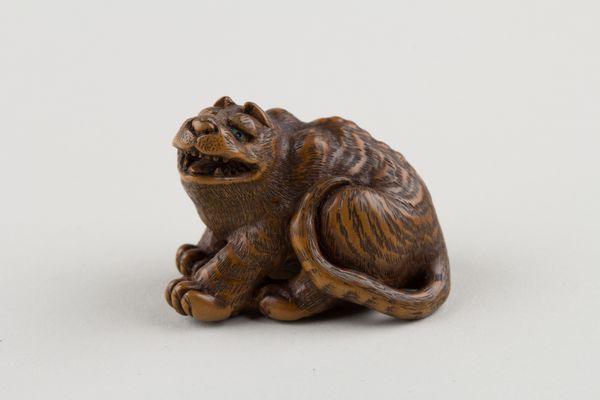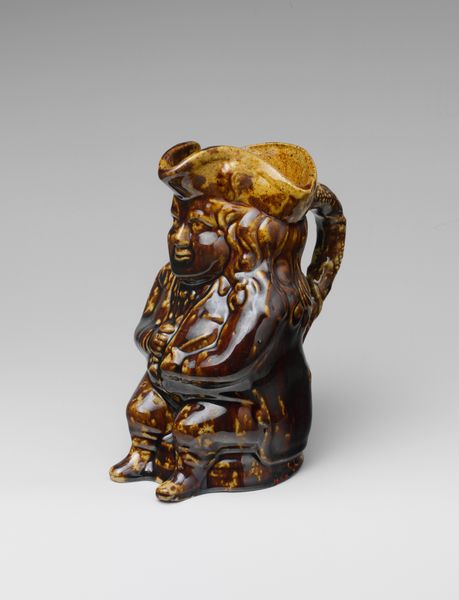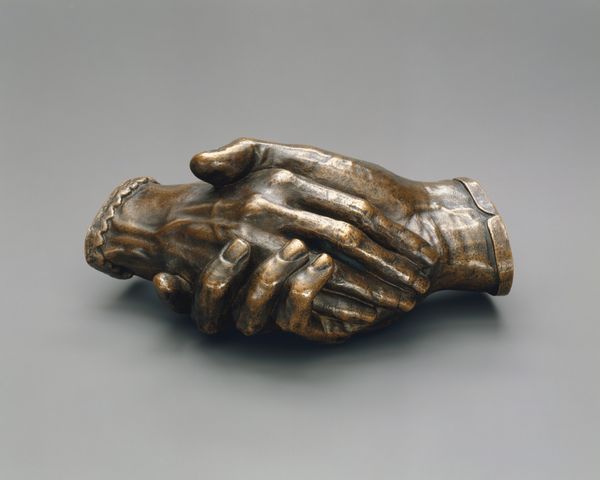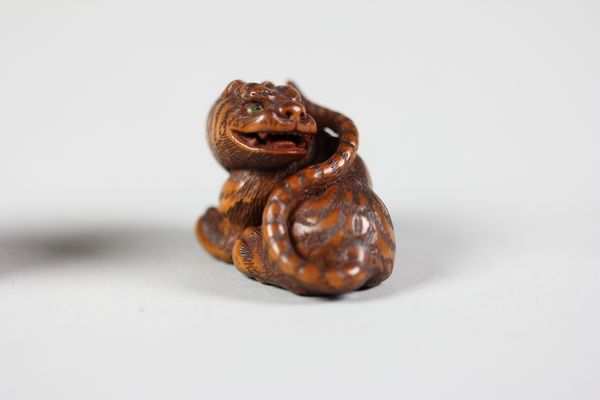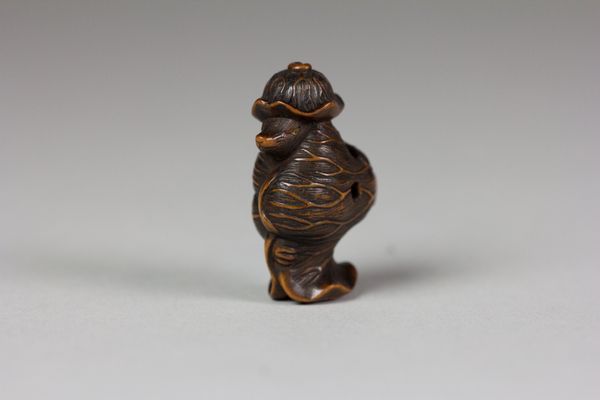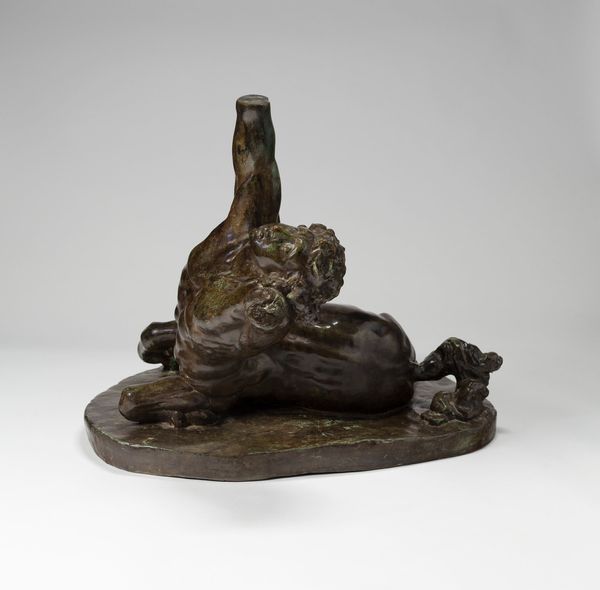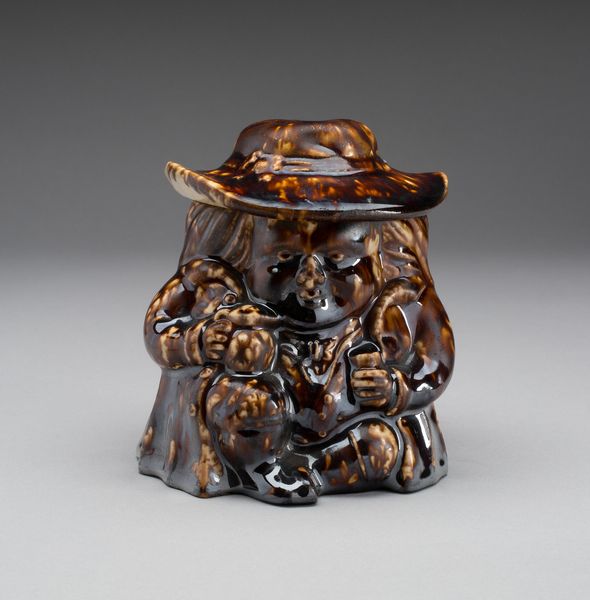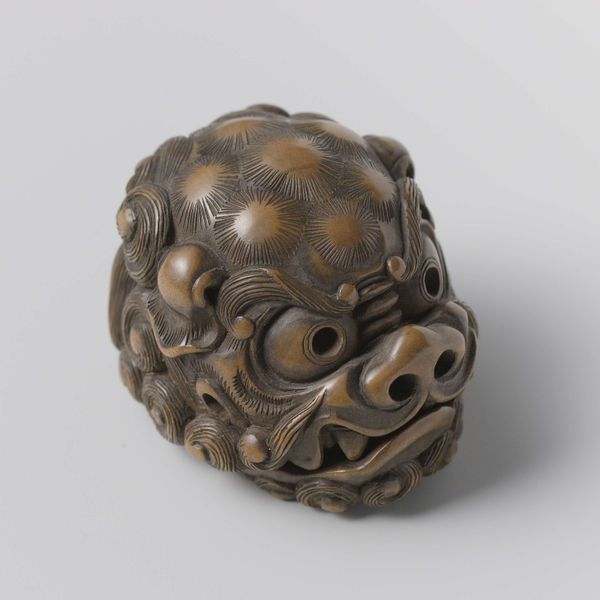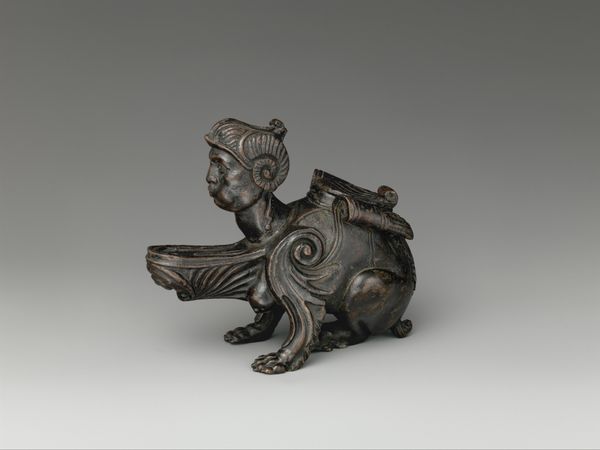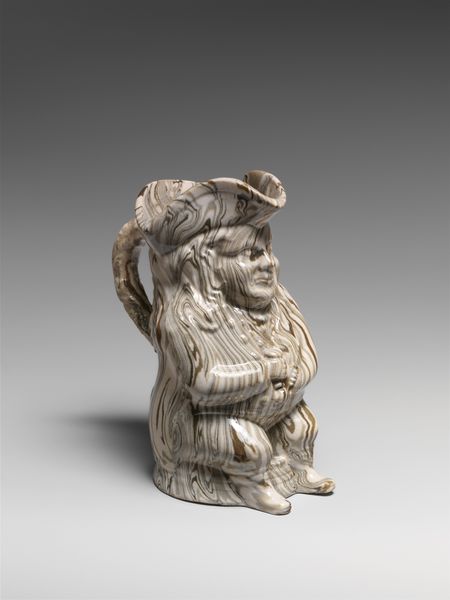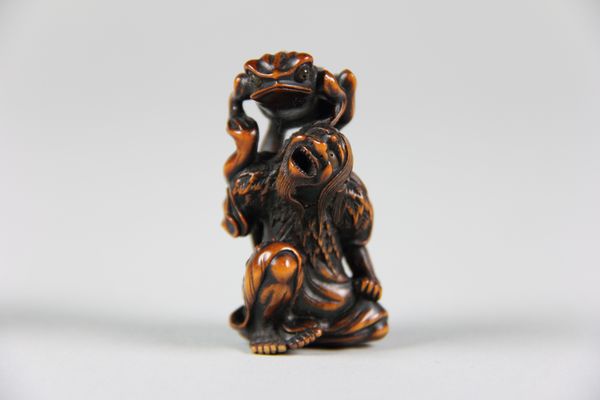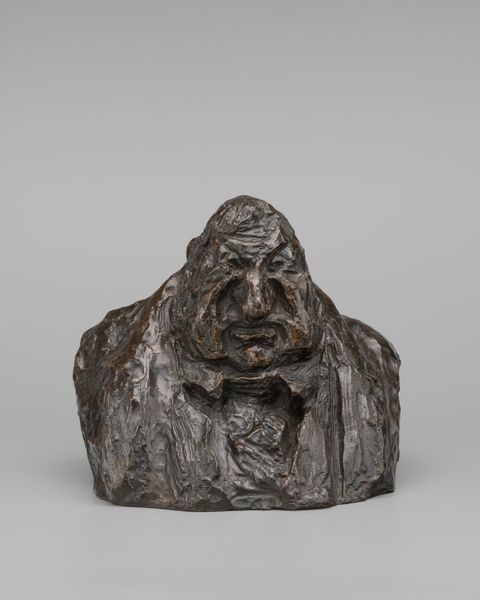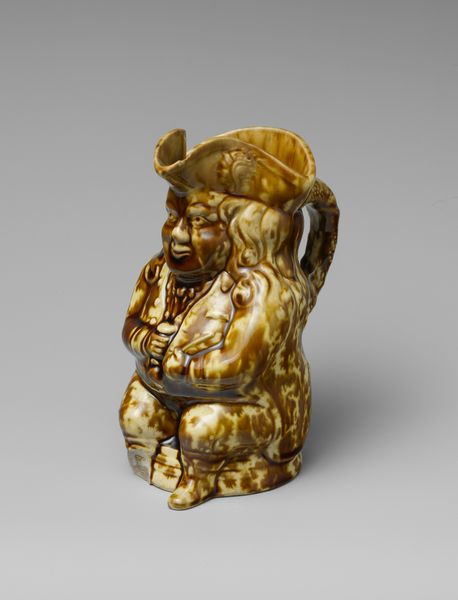
bronze, sculpture
#
portrait
#
hand rendered
#
3d sculpting
#
3d model
#
3d rendered
#
rounded shape
#
bronze
#
3d character model
#
figuration
#
sculpture
#
metallic object render
#
3d modeling
#
curved surface
#
history-painting
#
academic-art
#
3d character modeling
#
realism
Dimensions: L. 6 1/4 in. (15.9 cm)
Copyright: Public Domain
Editor: Here we have Leonard Wells Volk's "Right Hand of Abraham Lincoln," a bronze sculpture made between 1860 and 1866. The detail is amazing, and I'm struck by the feeling of power, but also… vulnerability. What do you see in this piece beyond just a sculpted hand? Curator: The immediate context, of course, is the Civil War. This sculpture was made during or shortly after it, so the very act of preserving Lincoln’s hand takes on huge significance. How do you think its public perception might have differed then, compared to now? Editor: Well, now we view Lincoln with almost universal reverence, so this feels like honoring a hero. Back then, emotions were probably more volatile, especially in the South. So the display of this sculpture could have very different cultural significance depending on location. Curator: Precisely. It wasn't just a neutral artistic exercise; it was a political act. Think about the symbolism. Volk created a physical relic of a President embroiled in divisive conflict. The museumification of a leader, even of a body part, suggests something akin to the relics of saints, yes? Editor: Wow, I didn’t think of it like that, but you're right. Creating a relic imbues the subject with that level of perceived authority, that Lincoln himself has been elevated. Curator: And it's also interesting to note the power that an institution like the Met gives an object like this, the power to shape Lincoln’s legacy. Without it, is this piece merely a likeness? The display itself confers so much gravitas. Editor: It’s fascinating to consider the socio-political forces at play behind what I initially took to be a simple portrait. Curator: It shows how much history is literally at hand. It’s also worth considering that museums aren’t neutral arbiters, but active participants in history making. What a poignant reflection on the construction of history and power!
Comments
No comments
Be the first to comment and join the conversation on the ultimate creative platform.

